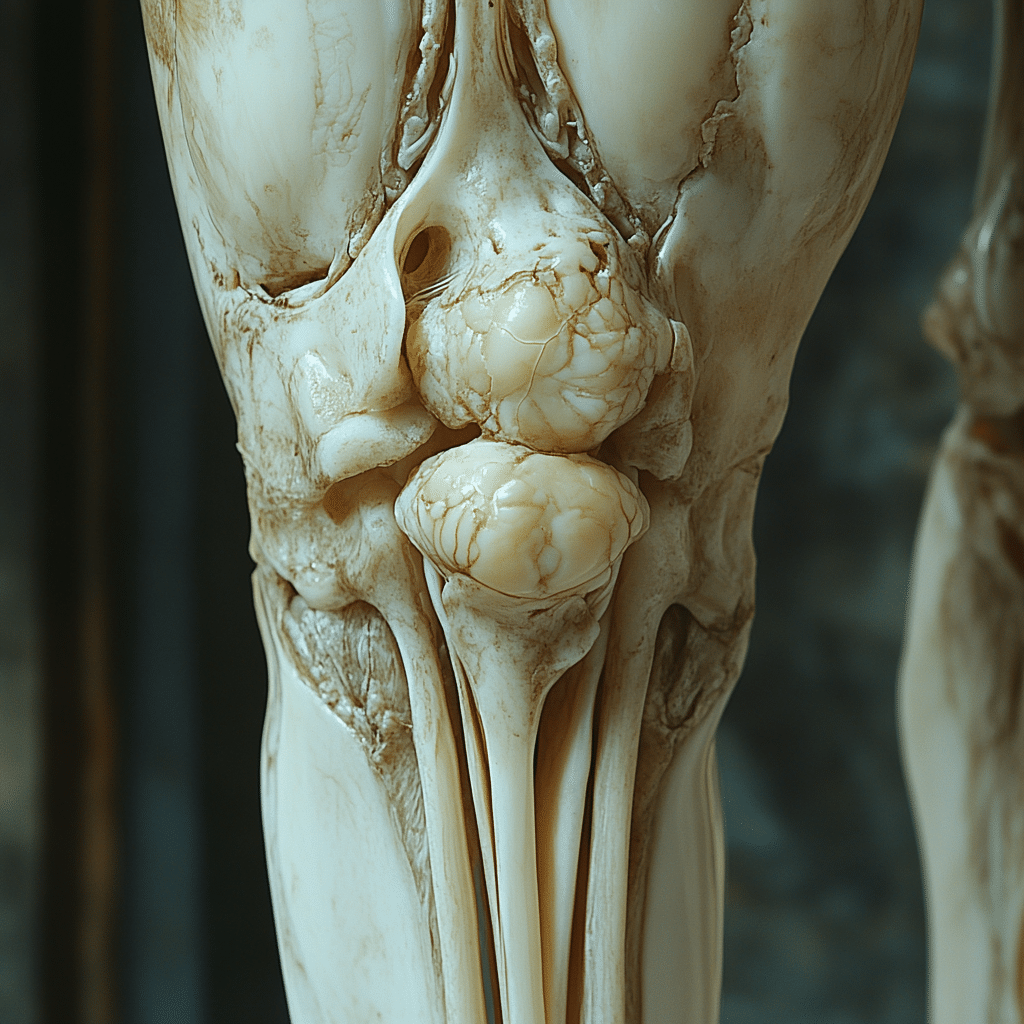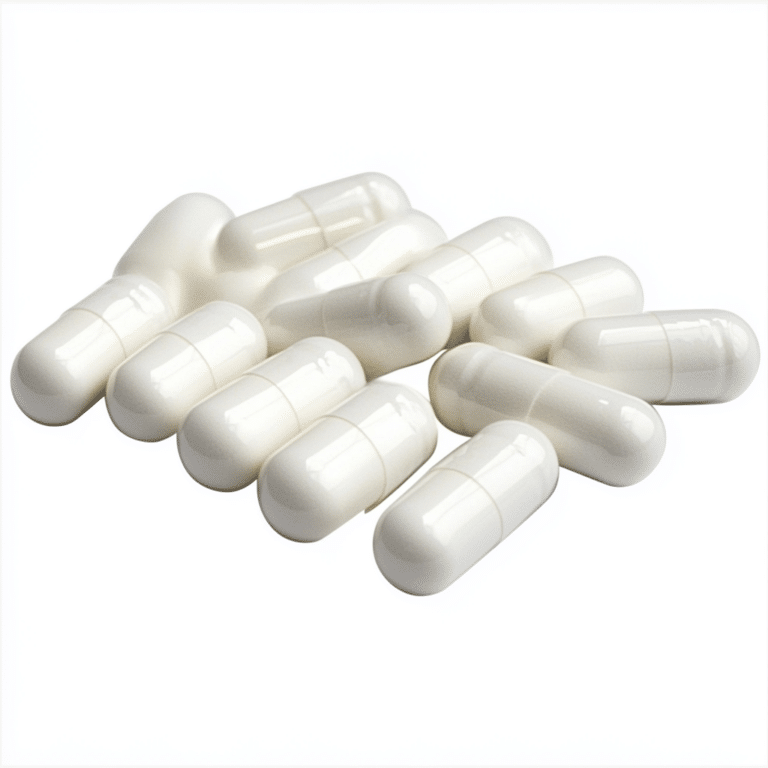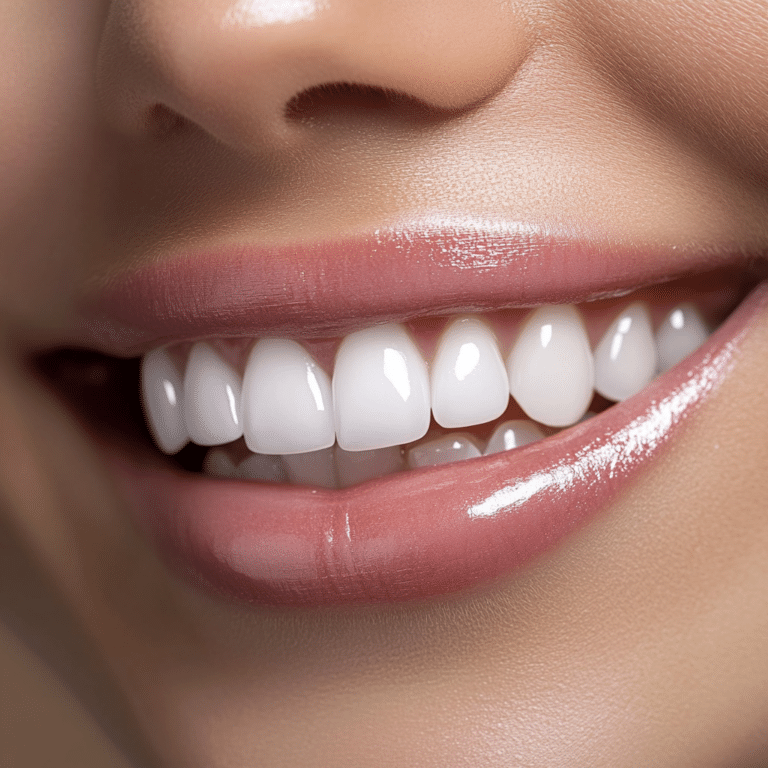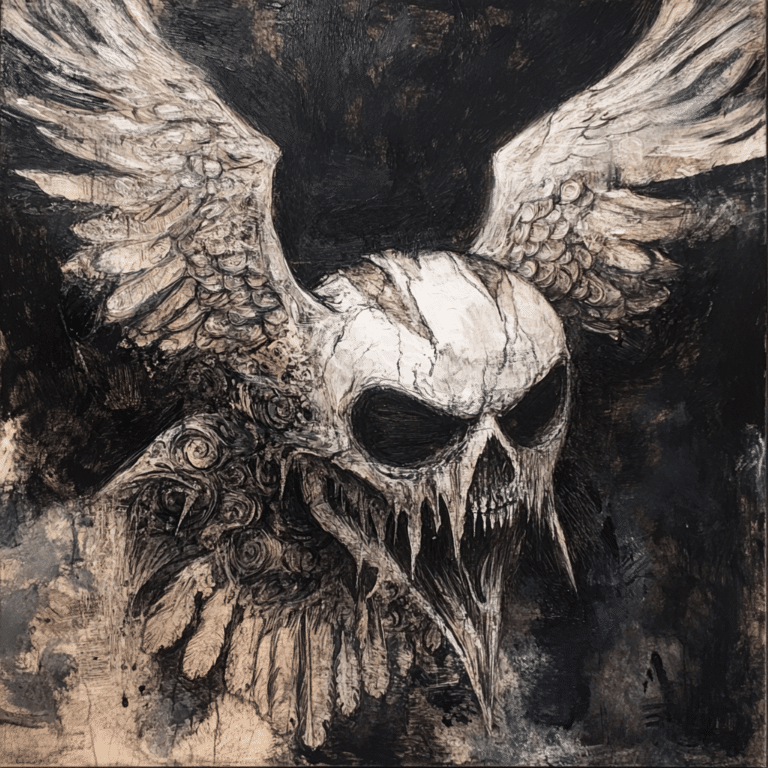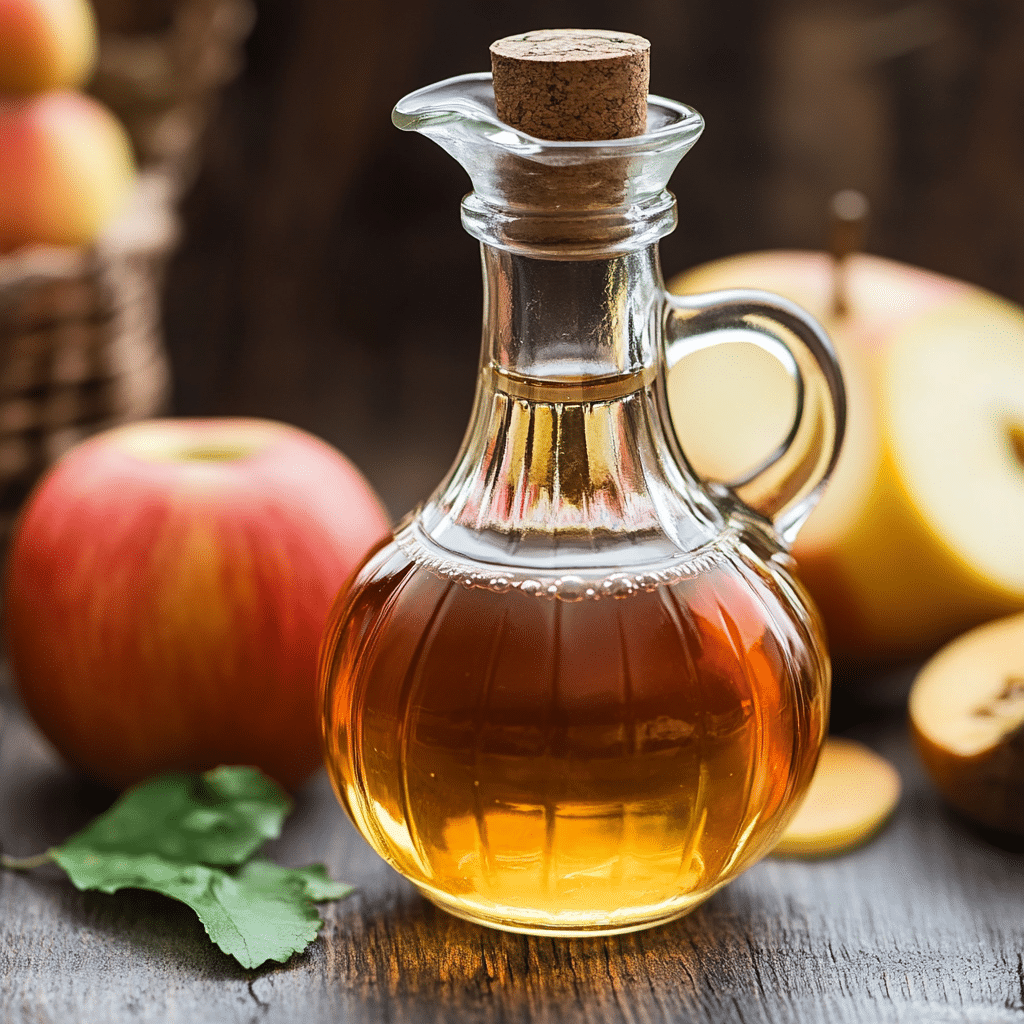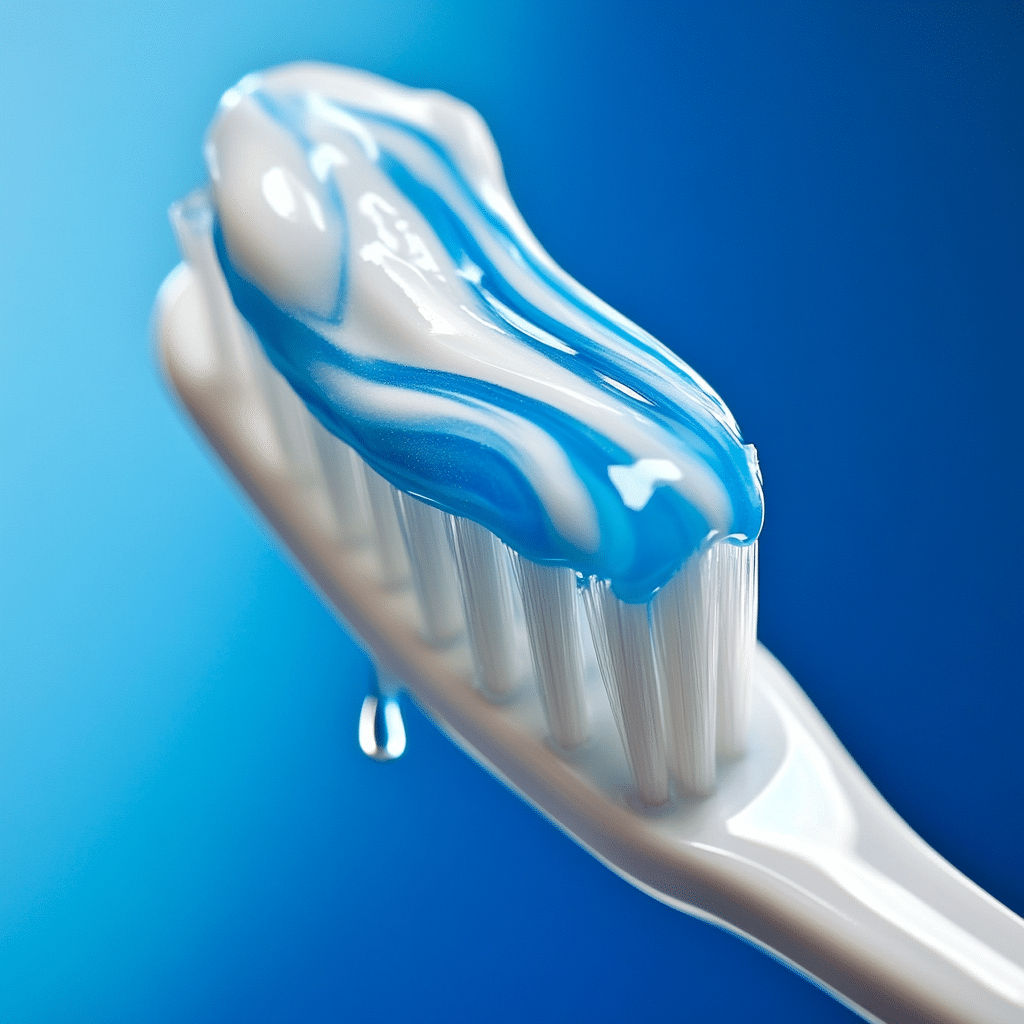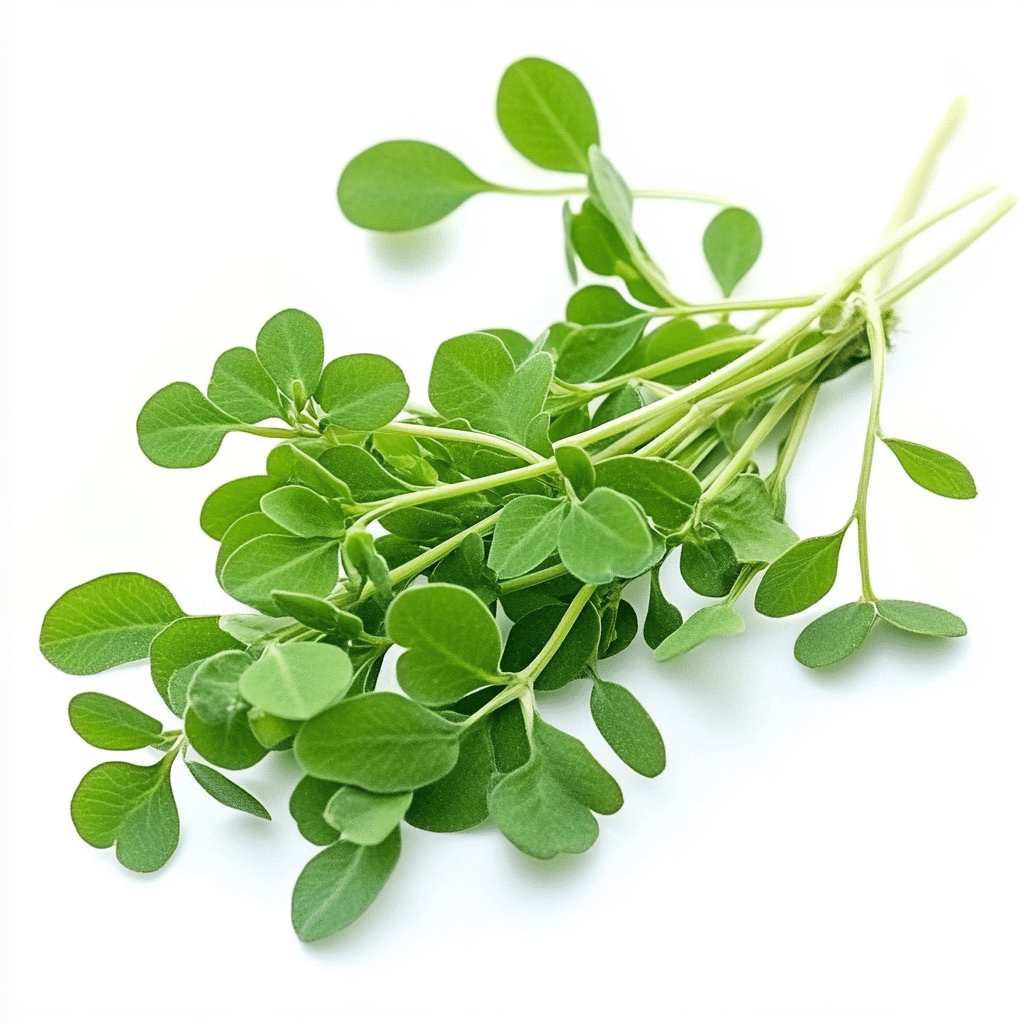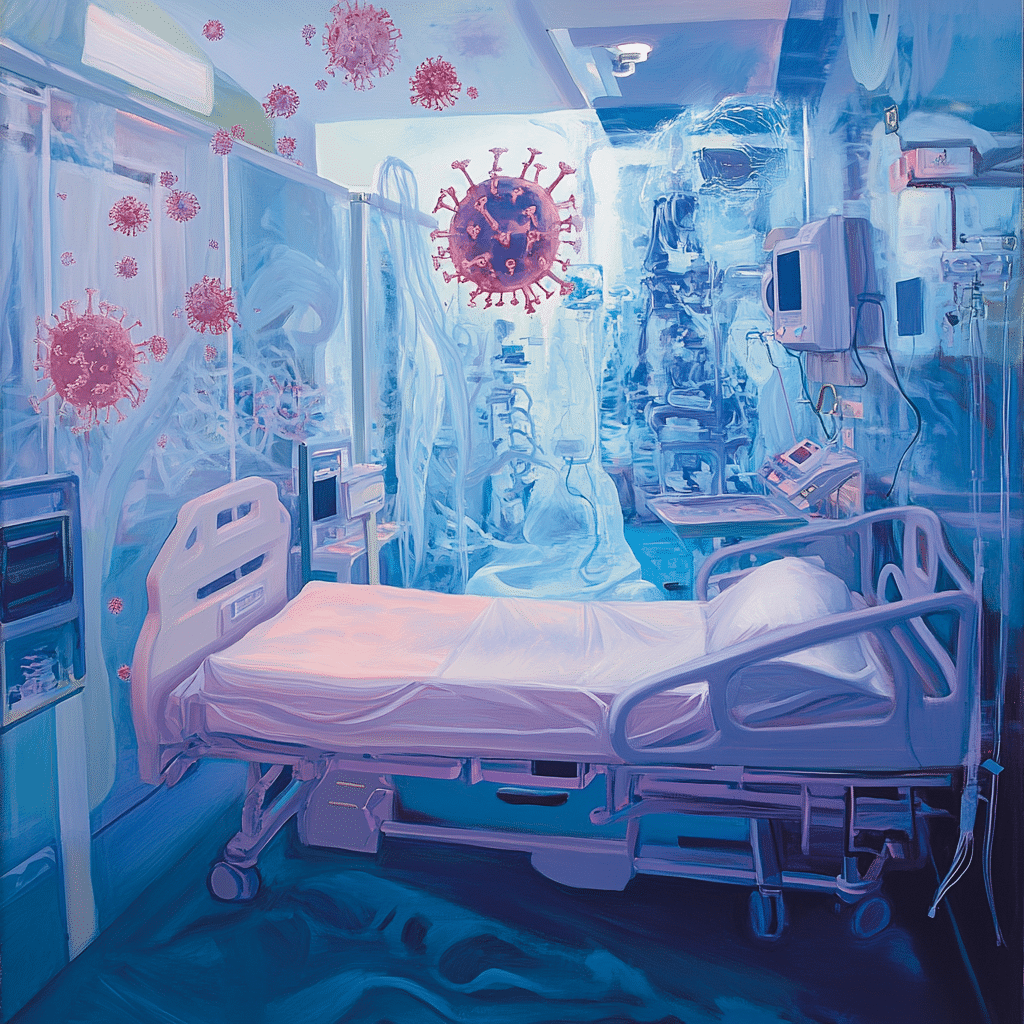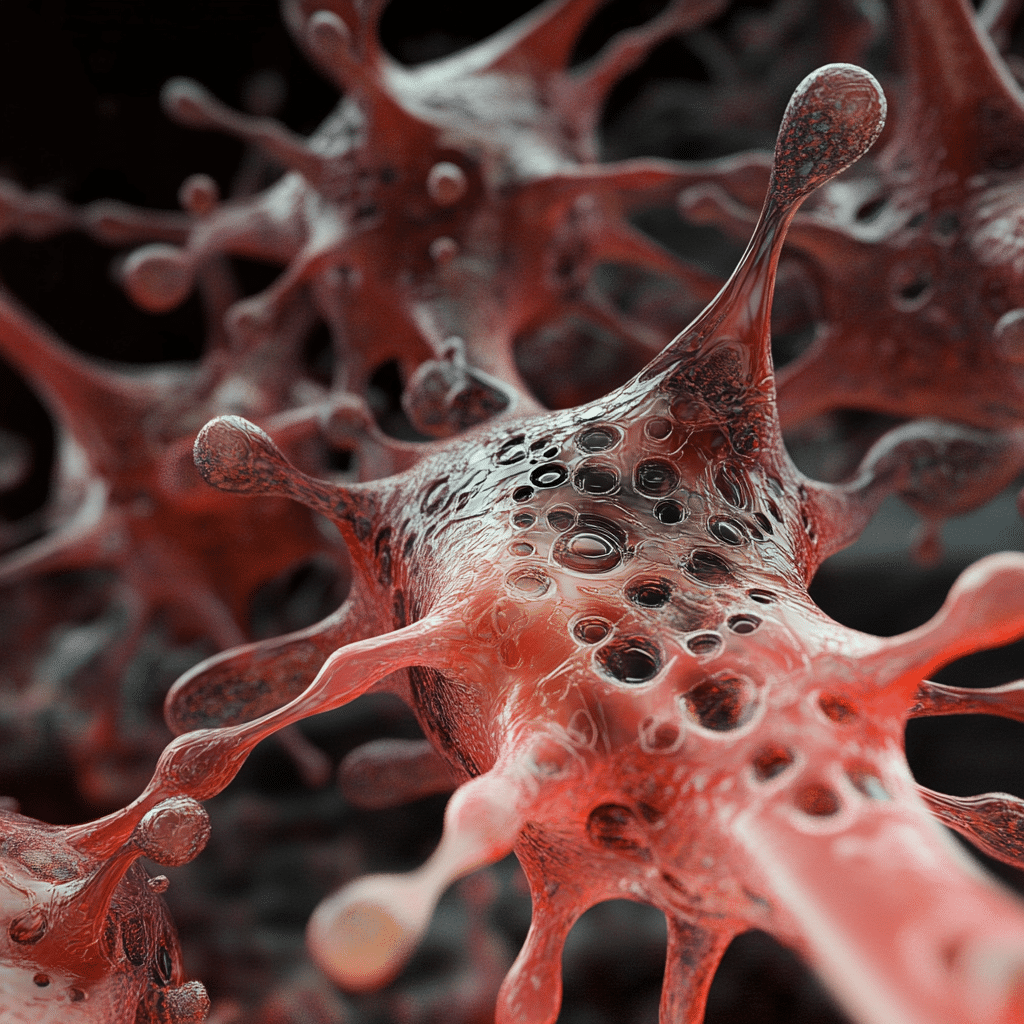When we discuss ankle health, the lateral malleolus plays a starring role. The lateral malleolus, protruding from the fibula, is essential for ankle stability. It’s that hard bump you feel on the outside of your ankle, and trust me, when it’s injured, it can put a serious dent in your training and daily activities. Whether you’re a pro athlete or someone who just loves to stay fit, understanding the lateral malleolus is crucial for keeping your body primed and ready for action.
In this guide, we’re diving deep into the anatomy of the lateral malleolus, common injuries that can happen, and effective recovery strategies to get you back to your workout routine. We’ll also explore some interesting connections that can help you enhance your recovery process. Strap in; we’re about to get motivated and informed!
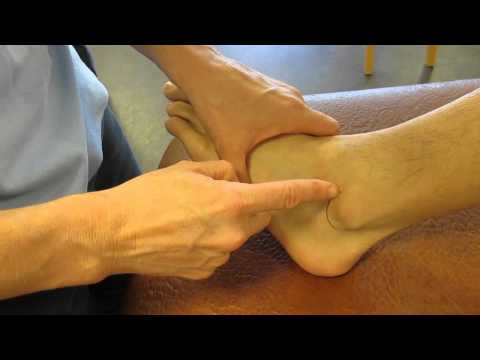
1. Anatomy of the Lateral Malleolus: Its Role in Stability and Injury
Let’s break it down. The lateral malleolus isn’t just a bony landmark on your ankle; it’s a pillar of stability. This structure interacts with various ligaments, tendons, and muscles that support your ankle during every step you take. Think of it as the anchor that keeps everything in place while you sprint, jump, or even perform those killer squats!
The lateral malleolus safeguards the ankle by providing a sturdy base against lateral forces. When it suffers an injury, the entire ankle can lose its support, resulting in reduced mobility and stability. This is why understanding the lateral malleolus is key for anyone looking to stay fit or recover from an injury.
Failures in the stability of this critical structure can lead to greater complications in mobility. So, if you’re involved in sports or any physical activity, it’s vital to prioritize the health of your lateral malleolus.
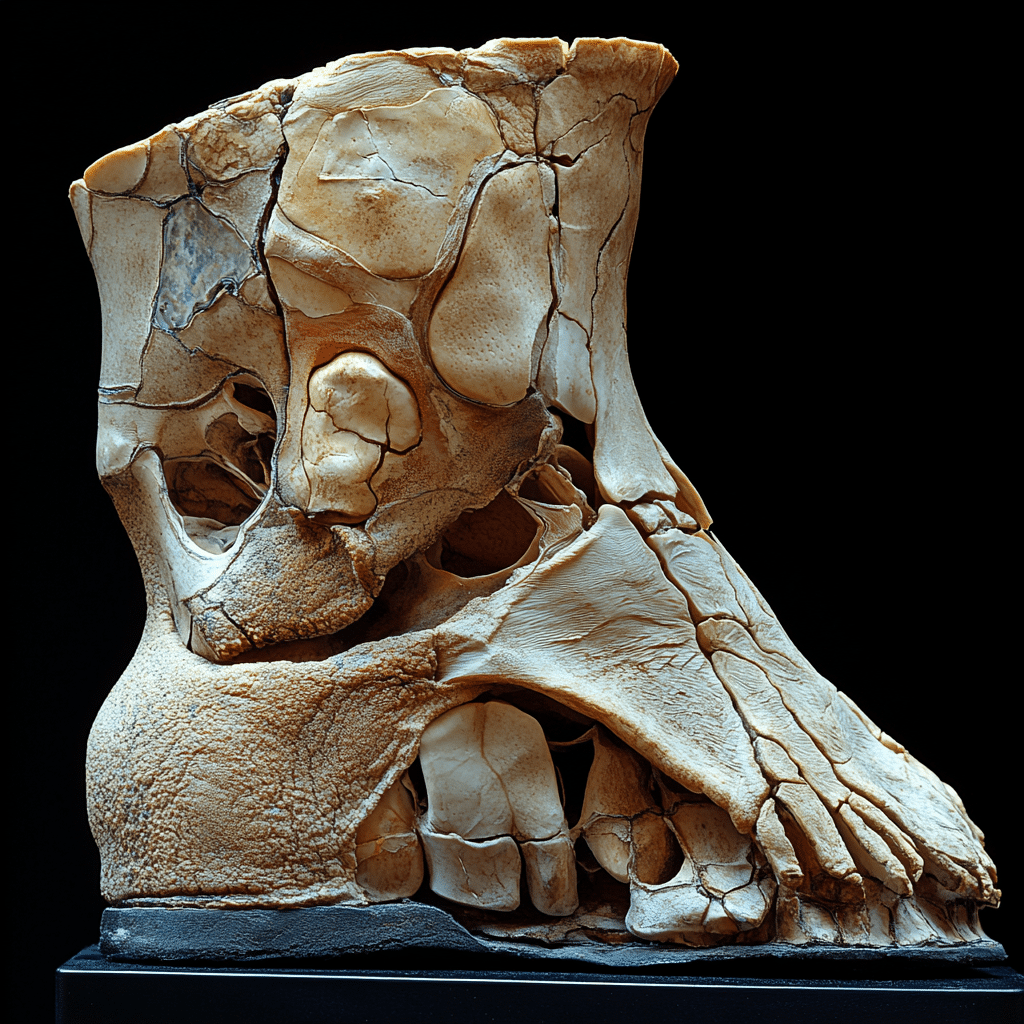
2. Top 5 Common Injuries to the Lateral Malleolus: Insights on Recovery
Injuries to the lateral malleolus are more common than you might think. Let’s explore the top five injuries you should be aware of:
2.1 Lateral Ankle Sprains
An estimated 25,000 ankle sprains occur in the U.S. daily, and most involve the lateral malleolus. These sprains occur when your foot rolls, causing ligaments to stretch or tear. The RICE protocol (Rest, Ice, Compression, Elevation) can be your best friend here. After the initial treatment, consider physical therapy to strengthen and recover from the injury.
2.2 Malleolar Fractures
Malleolar fractures usually happen from falls or during sports activities. Ignoring this injury can lead to long-term complications. Immediate treatment typically entails immobilization, and a doctor may suggest surgery if the fracture is displaced. If you’ve gone through this experience, getting back on your feet with targeted rehab is paramount.
2.3 Achilles Tendonitis
While the Achilles tendon connects at the heel, its dysfunction can radiate to the lateral malleolus. If you experience pain and stiffness here, it’s likely due to tension in the Achilles. Recovery is centered on reducing inflammation, getting you moving gradually, and strengthening the surrounding muscles.
2.4 Peroneal Muscle Strains
Strains of the peroneal muscles, local to the lateral malleolus, can come from activities that involve sudden direction changes. Recovery generally emphasizes methods like rest and ice, moving gradually through specific exercises to regain full function.
2.5 Osteochondral Injuries
Osteochondral injuries can damage bone beneath cartilage in the lateral malleolus area. These injuries can lead to prolonged rehabilitation needs. Early detection of osteochondral injuries can aid in recovery and help you get back to your routine quicker.

3. The Connection Between Evulsion Fractures and Myoclonus: What You Need to Know
Now here’s where it gets interesting! Myoclonus, characterized by rapid muscle contractions, can sometimes arise after a significant injury like an evulsion fracture of the lateral malleolus. This involuntary twitching can affect adjacent muscles and slow down your recovery.
Understanding this link is crucial for rehabilitation. Targeting muscle spasms through proper therapy can improve healing time significantly. Pay attention to your body; these signs can be crucial for devising the best rehabilitation strategy.
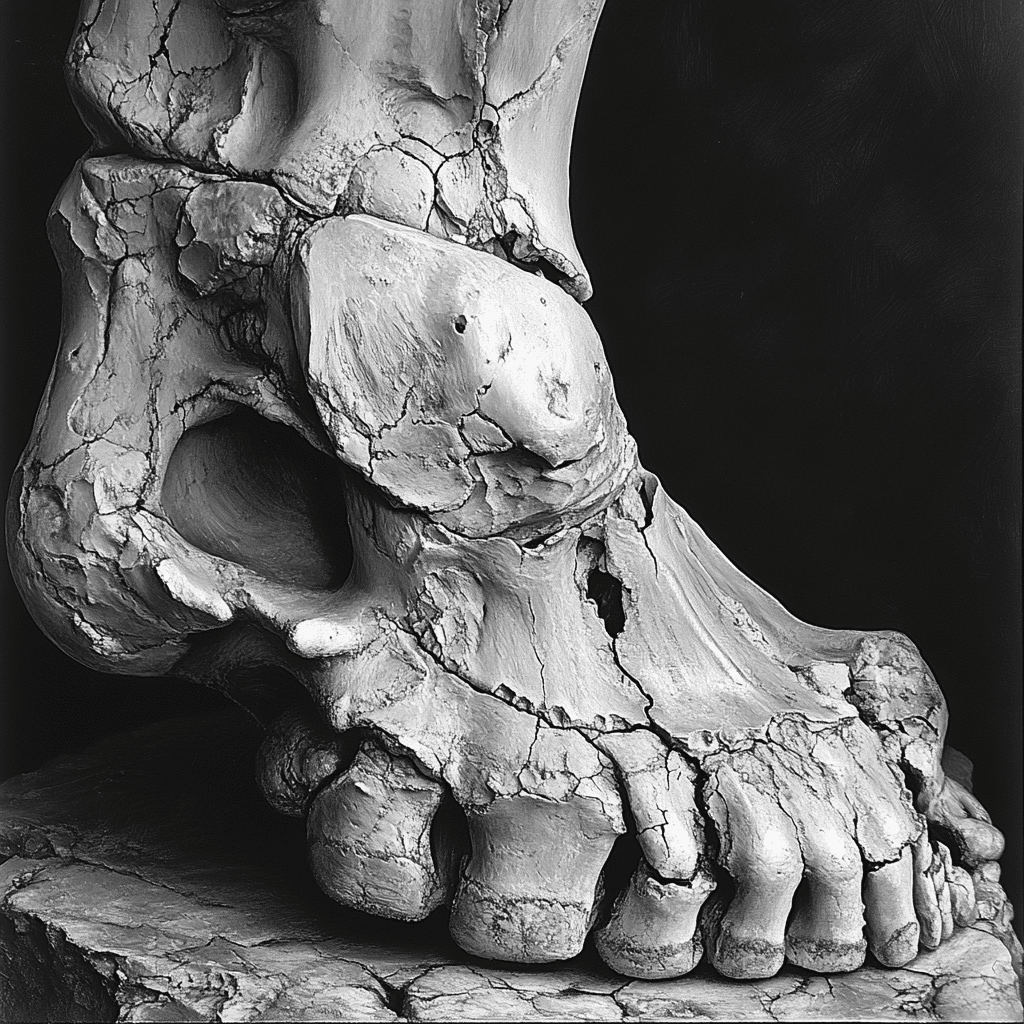
4. Volvulus and Its Unlikely Link to Lateral Malleolus Injuries
You might not expect volvulus, the twisting of the intestine, to come up in a discussion about ankle injuries. However, post-surgery complications related to lateral malleolus injuries can sometimes yield unusual stress patterns in the body, causing unexpected side effects.
This emphasizes the importance of a holistic rehabilitation approach. Treating the body as a connected system helps optimize the recovery process. Don’t overlook your overall well-being while navigating recovery; it’s vital for long-term success.
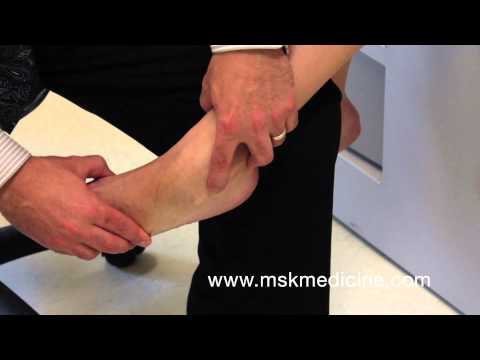
5. The Role of Modern Technology: Omnipod Systems in Recovery
Here’s where the magic happens! Modern technology can revolutionize how we approach injury recovery. For athletes with chronic conditions like diabetes, using an Omnipod system for insulin delivery can dramatically improve health status. This improvement allows for tighter adherence to physical therapy regimens, enhancing recovery.
Technological approaches like this underscore the essence of managing existing health conditions to aid the healing process. The connected approach offers a comprehensive strategy for ensuring successful recovery outcomes.
Innovative Wrap-Up: Paving the Way for Stronger Ankle Health
Injuries to the lateral malleolus can leave lasting impacts, but understanding recovery strategies empowers you to fight back! By optimizing your recovery with knowledge of your injury, leveraging technology, and recognizing interconnected bodily functions, you pave the way to a stronger, more resilient you.
Whether you’re looking to make strides in rehabilitation or ramp up your training, focus on that lateral malleolus. Let’s stay active, informed, and motivated to keep our bodies in peak condition. Remember, every step you take brings you closer to being the fittest version of yourself. Now let’s get shredded, build muscle, and achieve those killer six-pack abs!
With consistent effort and understanding, the path to ankle health is yours to conquer! Keep pushing forward, and let’s make this journey together!
Lateral Malleolus: Fun Facts and Trivia
Did You Know?
The lateral malleolus might not be a household name, but it’s as fascinating as it is crucial for movement. This bony prominence on the outer side of your ankle, formed by the fibula, acts like a sturdy anchor for ligaments. Once you realize its importance, you’ll appreciate it even more—just like hardcore fans of That 80s show cherish the nostalgia! It’s not just about the bone; the injuries related to the lateral malleolus can tell a whole story about how we move, balance, and even recover.
The Great Importance of Understanding
Now, here’s a fun tidbit that might blow your mind: studies suggest that ankle injuries can affect your overall stability. Think of it as a domino effect! Just like the chemistry of Nigella Seeds, which hold multiple health benefits, the lateral malleolus has a vital role in your body. The recovery process isn’t just about healing the ankle; it’s about getting back to activities that make your heart race, like following Caitlin Clark’s incredible journey on the basketball court. Knowing how to properly care for your lateral malleolus can keep you in the game.
Recovering the Right Way
If you’re pondering How long Does caffeine last before your workout, it’s worth remembering that hydration and nutrition play significant roles in recovery too. Turmeric tea is another excellent addition to your diet; it’s known for its anti-inflammatory properties, helping soothe those injuries. Just like finding government Homes For $ 1 can be a jackpot for the savvy investor, understanding proper care for your lateral malleolus can prevent future injuries and invest in your active lifestyle!
In short, be mindful when you step, run, or jump. Your lateral malleolus holds a lot of sway—not just in sports or activities, but in day-to-day life. So, next time you enjoy a canary melon or think about diaphragm birth control options, remember this vital little bone. Taking care of it can lead to a fit womans dream of a pain-free, active life.
